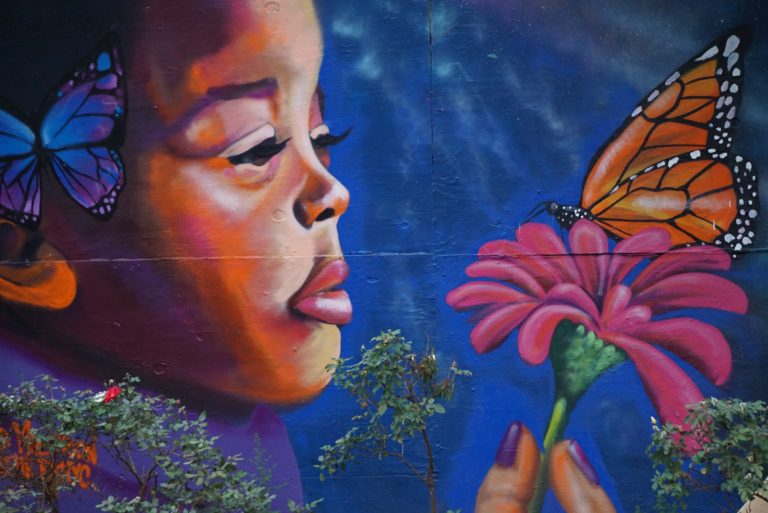As a sociological concept, Ron Eyerman describes modernity as “the attempt to come to grips with the meaning and significance of the social changes occurring in Europe in the latter half of the nineteenth century, namely, the effects of industrialization, urbanization, and political democracy on essentially rural and autocratic societies.” In contrast to the “traditional” human experience, the “modern” human experience was shaped by “the development of a new sense of self, of subjectivity and individuality.” As a result, Eyerman explains that “[i]n modern society the world is experienced as a human construction, an experience that gives rise both to an exhilarating sense of freedom and possibility and to a basic anxiety about the openness of the future” (37-38). For individuals such as myself who are doubly marginalized by their identity as both Black and female, the sense of freedom and possibility that Eyerman suggests is perpetuated in and by modernity is particularly important. For us, modernity breeds the possibility for inclusion and equal opportunity.
In terms of inclusion, 2018 was a particularly successful year for Black women in popular culture. For example, Aja Naomi King, Beyoncé, Issa Rae, Laverne Cox, Lupita Nyong’o, Naomi Campbell, Rihanna, Slick Woods, Tiffany Haddish, Tracee Ellis Ross, Yara Shahidi, and Zendaya — twelve diverse Black women — were featured on the front covers of the September issues for several popular fashion magazines such as Elle, Vogue, Glamour, and Marie Claire. This instance of dominance by Black women in a space that is typically occupied by White women reimagines a future where hegemonic power structures are no longer in place. Instead, Blackness is glorified. The principles of modernity, then, offer Black women the opportunity to finally be seen, to be heard, and to be celebrated.
While Black women may have had a successful year in popular culture, our success remains stifled. In 2018, the world was reminded that Black women have had to fight for a space, and to be treated fairly, within the realm of professional tennis. In a sport that is dominated by White persons, Serena Williams and Naomi Osaka, two Black women, defeated all of their opponents to face each other in the US Open Final. Williams, however, was treated differently than her male peers by the umpire for common code violations. In her case, her choice to dispute what she felt was an unjust ruling and her outward display of frustration costed her, at first, a point, then a game, and finally a fine of $17, 000 USD deducted from her prize money. Because of the unfair treatment that Williams continually faces, in her book Citizen: An American Lyric (2014), Claudia Rankine analogizes the tennis court to White America wherein Williams’ Black body does not belong. The intense scrutiny that Williams experienced as a Black woman on the tennis court in 2018 demonstrates the disconnect between modernity as a concept and modernity as a reality; yet, the widespread support behind Williams as well as her resilience and dominance suggest that “an exhilarating sense of freedom” might one day be possible for Black female athletes.
If racism and sexism are ever to be eradicated, a widespread shift in thinking is necessary. Modernity has the real potential to be that shift. For me, modernity means the inclusion and celebration not only of Black women, but of all minority groups by and large. Progress has certainly been made, but there is still work left to be done.
Originally published in White Wall Review 42: Special Issue (2019)

